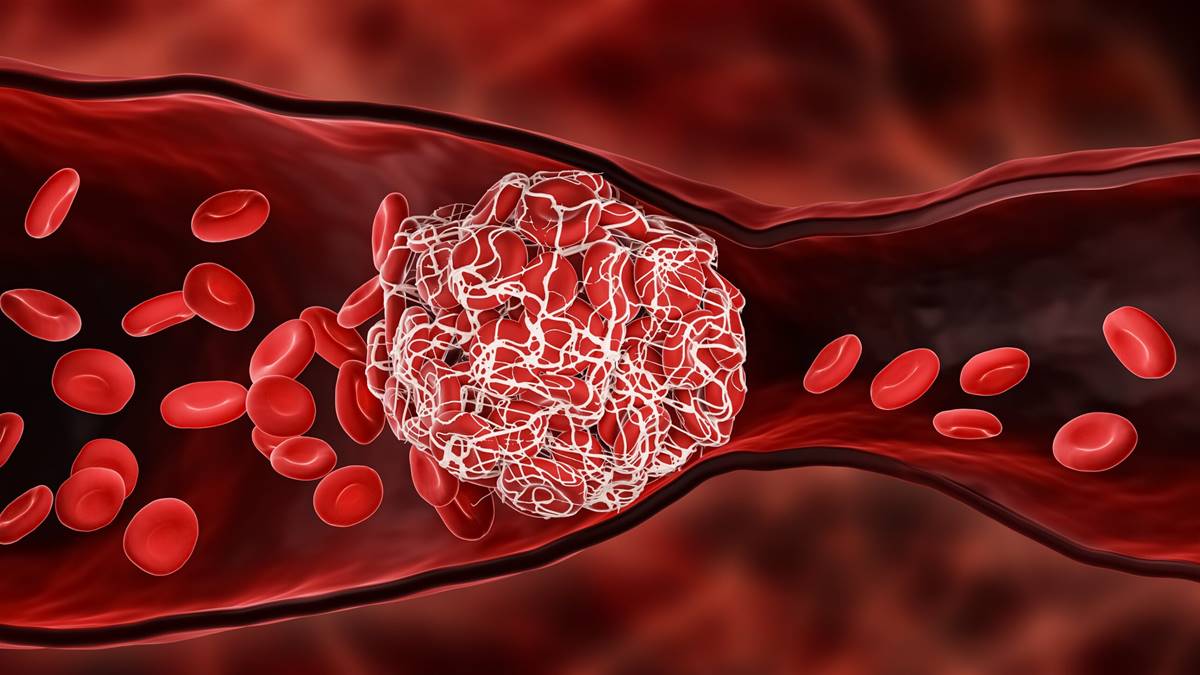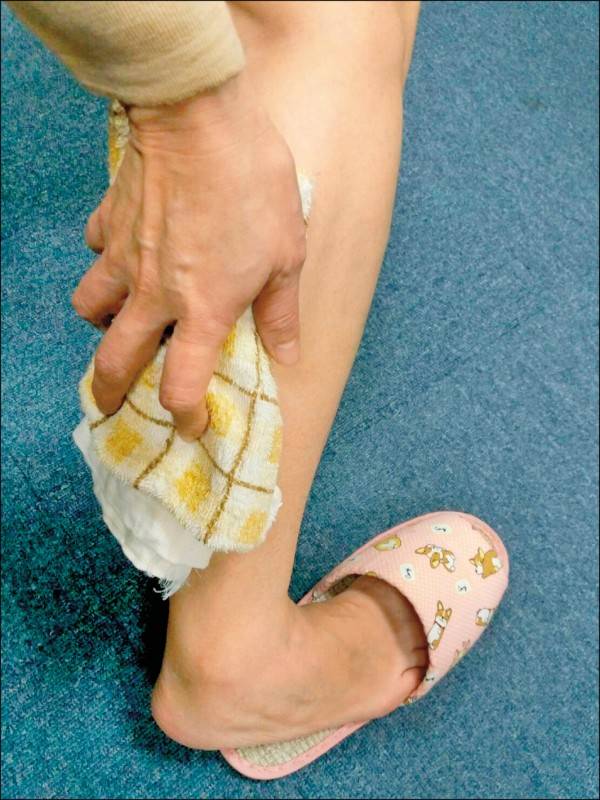
1. Introduction: Blood vessels are like channels, and if they are not regularly cleaned, they can become clogged, leading to various health problems.

2. Misconception about clearing blood vessels: Claims about clearing blood vessel garbage and detoxification are mostly lies used to deceive people into spending money.
3. The truth about "blood vessel garbage": The so-called garbage in blood vessels is actually just metabolic waste that can be eliminated through specific organs like urine and sweat.

4. Effectiveness of drinking water: Drinking water is more effective than detoxification and beauty products in speeding up metabolism.
5. The main cause of blood vessel clogging: Lipids, including cholesterol, phospholipids, and glycolipids, are substances that can clog blood vessels and lead to the formation of blood clots.

6. Consequences of blood clots: Blood clots can cause ischemia and necrosis in the affected areas, leading to conditions like stroke and heart attack.
7. Ineffectiveness of intravenous fluids for prevention: Intravenous fluids with blood-activating and anti-platelet aggregation drugs are effective for acute stroke patients but not recommended for routine prevention.

8. Risks of long-term intravenous fluids: Long-term use of intravenous fluids can increase the risk of infection and vascular damage, leading to further clot formation.
9. Indicators of healthy blood vessels: Softening blood vessels and increasing activity can be achieved through proper lifestyle habits like diet, exercise, and regular check-ups.

10. Warning signs of blood vessel blockage: Chest pain, edema, and fainting without apparent cause can indicate blood vessel blockage and should not be ignored.
11. Strategies for prevention and treatment: Following medical advice, maintaining a balanced diet, regular exercise, and regular check-ups are important for maintaining healthy blood vessels.



















